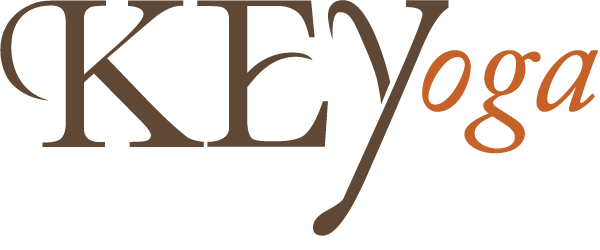The Art of Pricing
Often I get asked by new yoga teachers what they should charge for teaching a specialty class or a private outside of a yoga studio. In this article, I will discuss what to charge for teaching a one off specialty class at some location. In future articles I will address pricing for privates and workshops.
Those specialty pricing questions are often tricky. If you price yourself too high, then you might price yourself out of the job. Too low and you will regret doing it, especially if it is a recurring class. If it is just one and done, then it doesn’t really matter. You’ll learn from the experience whether you felt like you charged the right amount or not and know better for next time.
Some of what you charge depends on whether you really want to do the class or not! However, don’t scalp the person just because you don’t want to do the job. The ethical thing to do if you really don’t want to teach the class is to politely decline and maybe recommend a friend for the job. Sometimes, especially in the beginning, you need to say “yes” a lot. You never know what connections you might make, or which gigs could lead to other opportunities.
It is also ok to do a one-off, specialty classes for free. A friend asked me to teach a class of goat yoga for a fundraiser she was doing. I had never taught goat yoga before and really didn’t know what to expect. Since it was a charitable event I decided to do it for free and donated my time. I googled goat yoga and prepared myself. It was fun and it was a successful event for her but I decided that it wasn’t for me. The next time someone asks me to do goat yoga, I can politely decline and recommend some colleagues.
To figure out your hourly rate it helps to have a formula. What do you get paid at the yoga studio where you work? How does that number feel as an hourly rate? Often, you get paid less teaching a regular, repeating class than you would teaching a one-time private. What does your studio charge for a private with you? If you don’t work for a studio, you can usually inquire what a private session costs at a yoga studio in order to get a ball park. Call around, you may be surprised at the variations! It’s harder to find out what yoga teachers get paid for a class. That info is usually private and it depends on several factors. Yoga teachers make more in big cities than their rural counterparts. Pay also varies with experience and expertise and ultimately how many students you can attract.
Typically yoga teachers anywhere from $20 for a newer, inexperienced yoga teacher up to $100 an hour for a seasoned, popular teacher with a following in a big city. Once you have some of these numbers, you can play with them in a formula and come up with a price.
Let’s say that the class somebody wants you teach for them at their store, arboretum, office or back yard is an hour long. It takes you 30 minutes to get there and 30 minutes to get back. So you have 2 hours of your time invested in this class. If you figure that your hourly rate is $25, ask for $50 for the two hours. If that doesn’t feel like enough, plug in $30 an hour and now you’re up to $60.
Try different numbers until you feel justified in asking for that rate without apologizing. You have to feel comfortable asking for your price because once you commit you cannot change your mind. Also, you have to be just as comfortable with them saying that you are asking for too much money. Individuals and smaller operations typically can’t afford as much as larger business or corporations. But you still have to be able to look someone in the eye and ask for your price. If you can’t do that, then that is a sign that you are not asking for the right amount.
If the commute time, one way, is longer than the amount of time you are actually teaching, you might want to seriously consider passing this off to a colleague. People want to pay you for what you are doing for them, not necessarily for driving to get to them. I’ve taught some classes about an hour from my where I work for the experience and the exposure, but I have never gotten any students from that area as it is just too far for those students to travel to find me and in the end it wasn’t really worth it.
Sometimes people don’t want to pay what I charge for my time and that’s ok with me. I have a lot of training and experience. I’m also fortunate that my schedule is pretty full and that I can’t say yes to every opportunity that comes along. I’ve also learned from being miserable doing something that really wasn’t worth my time. Because I also train yoga teachers, I often can refer other teachers for jobs that I don’t want to do or can’t do. There is also good karma in that, sharing the wealth and opportunities.
As you can see, pricing is an art, not a science. While it helps to have a formula, you often have to go with your gut. And remember that pricing is ultimately an energy exchange. It should feel good to both parties in order for it to work.
Good luck. And let me know in the comments below if this was helpful, or if you have any other questions.








